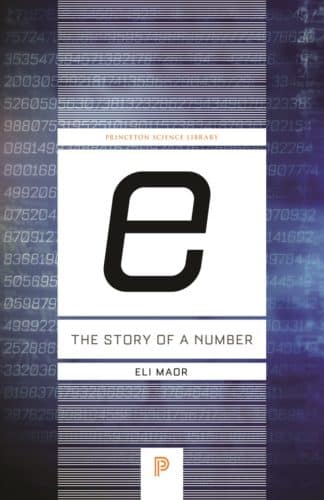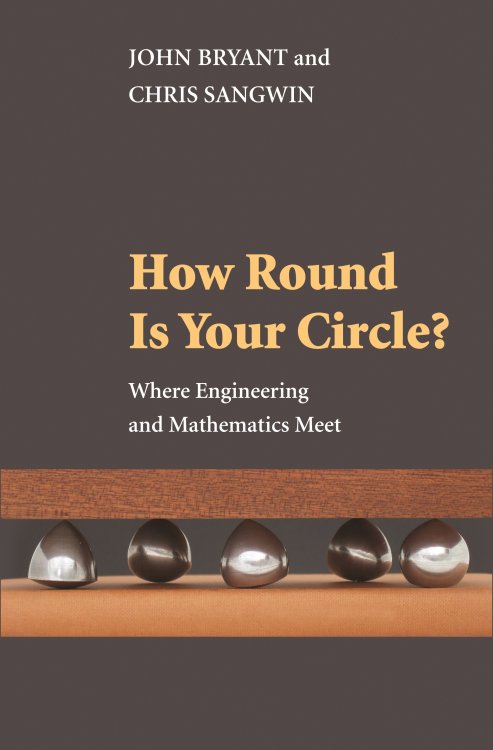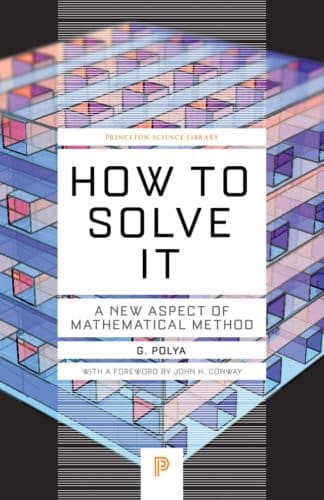“Have you ever questioned why cats land on their feet? Or what maintains an upright spinning top? Alternatively, can you sense the Earth’s rotation while flying? Readers can use their physical intuition to work out the contradictions and conundrums in Why Cats Land on Their Feet. And practically all of these astounding paradoxes have surprising solutions that may be deduced without having any formal physics training.
Each physical issue is introduced by Mark Levi, who then completely explains the answer after occasionally providing a clue or two. Here, readers can put their critical-thinking skills to the test with a variety of riddles and paradoxes, including falling cats and, of course, floating and diving, sailing and gliding, gymnastics, biking, space travel, throwing a ball from a moving automobile, centrifugal force, and gyroscopic motion.
Want to learn the book’s method for opening a wine bottle? Or how to use a tennis shoe and a watch to calculate the square root of a number? Why Cats Land on Their Feet explains how, and all that is necessary is a working knowledge of high school algebra. Along with an appendix that covers every physical idea utilized in the book, from Newton’s laws to the fundamental calculus theorem, this entertaining collection also includes a glossary.”physical problem, sometimes gives a hint or two, and then fully explains the solution. Here readers can test their critical-thinking skills against a whole assortment of puzzles and paradoxes involving floating and diving, sailing and gliding, gymnastics, bike riding, outer space, throwing a ball from a moving car, centrifugal force, gyroscopic motion, and, of course, falling cats.
Want to figure out how to open a wine bottle with a book? Or how to compute the square root of a number using a tennis shoe and a watch? Why Cats Land on Their Feet shows you how, and all that’s required is a familiarity with basic high-school mathematics. This lively collection also features an appendix that explains all physical concepts used in the book, from Newton’s laws to the fundamental theorem of calculus.
















